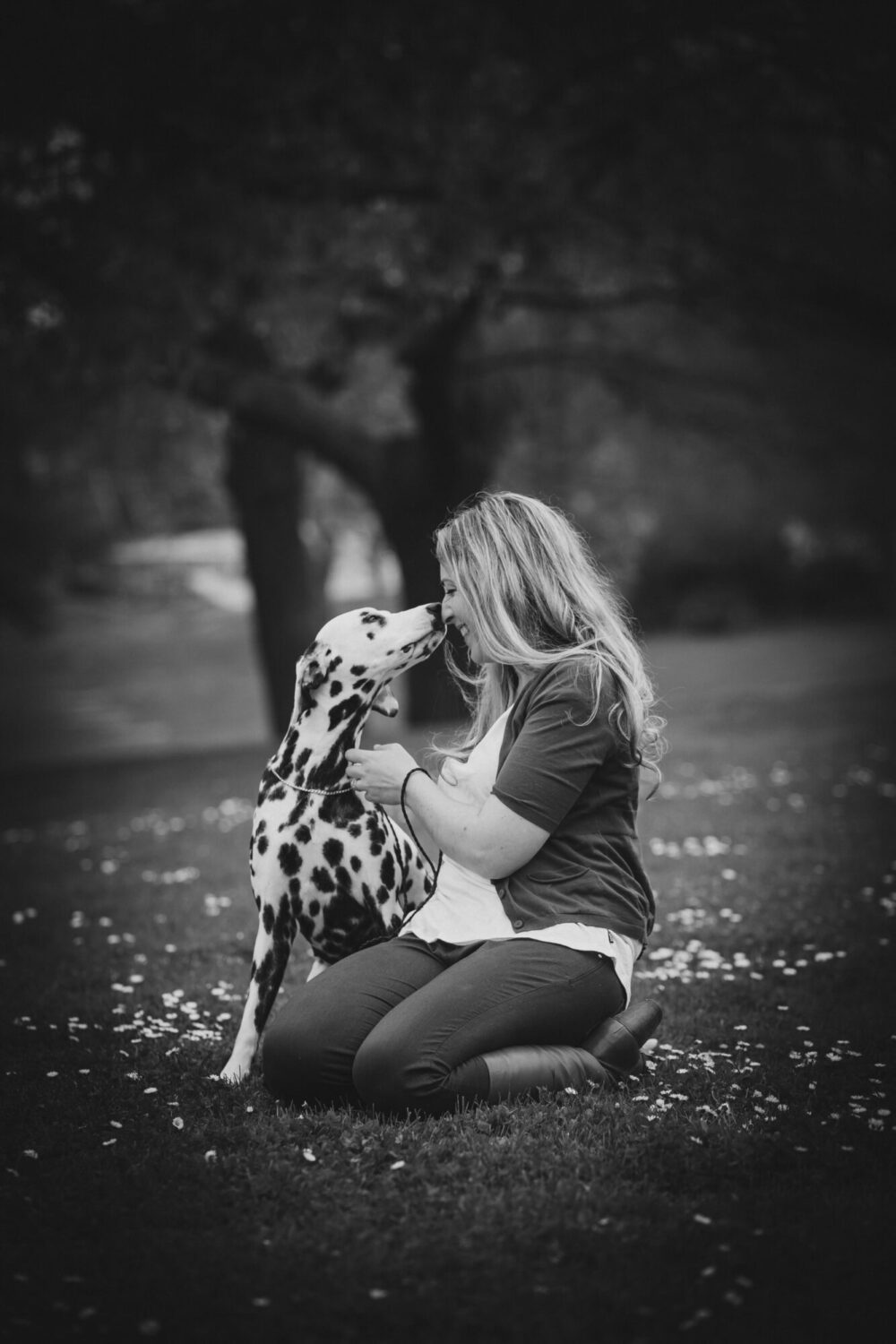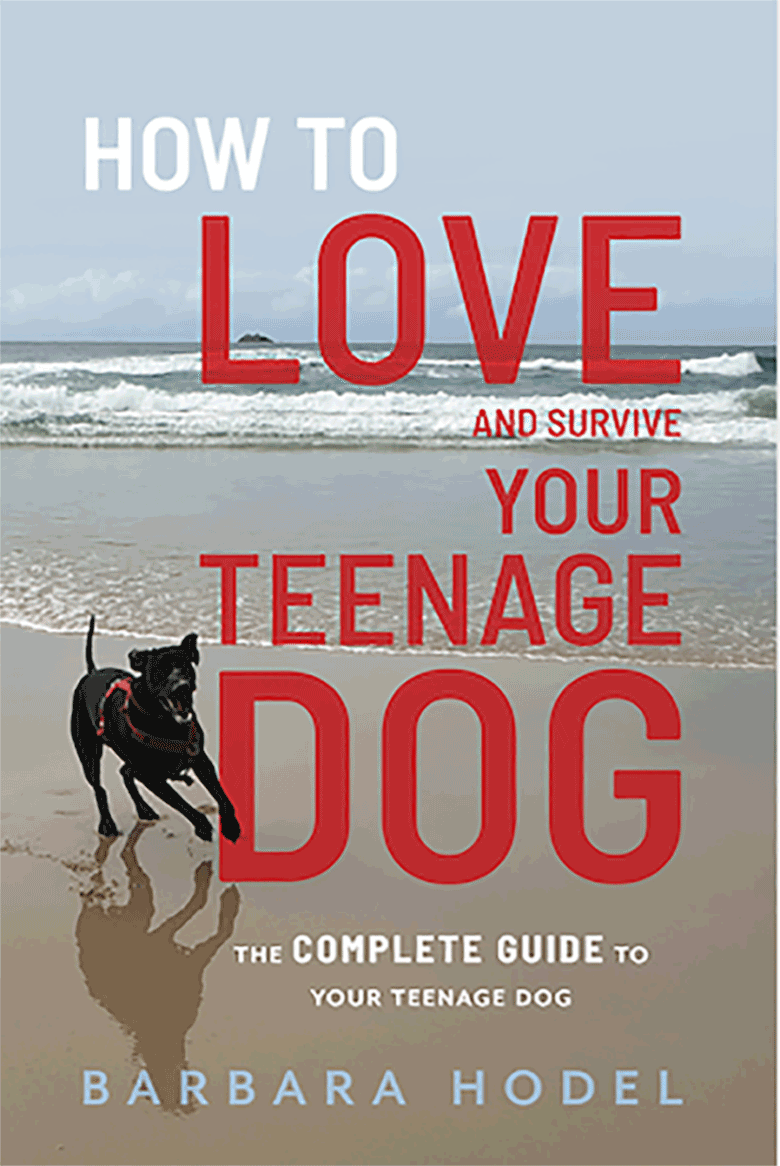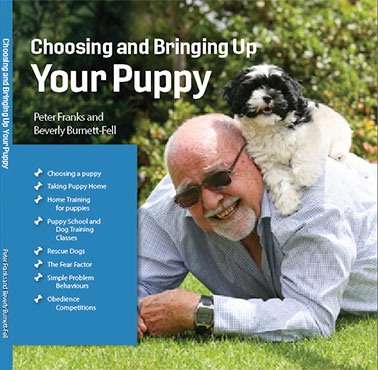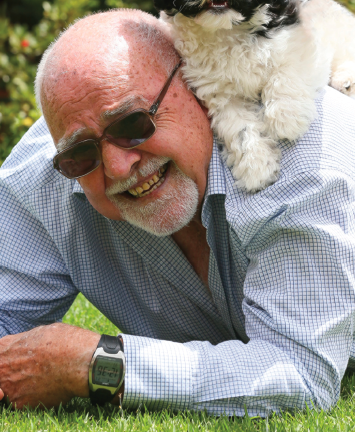PATTEN, Ilka
ISBN 978-1-922337-03-0
PAPERBACK
Over the Rainbow
Reflections of Love to Overcome Grief
I hope these words of gratitude and love heal you and my loss helps you.
All babies live on in our hearts and it is your choice to remember them with happiness. There is a place of peace and they are there waiting for you. It is not goodbye, you will feel them again when it is your time to go to the light. Remember them with a smile, not with sadness. You shared your life with them, feel blessed everyday having known them when they were here on Earth.
For all those who have lost fur or human babies, I understand your loss. Know your heart grows the more you love. When you are ready you will heal, smile and love again. x
ISBN 978-1-92452-51-1
PAPERBACK
One
A Gift for Humanity
ONE explains food, our bodies, health, emotions, colours, your soul, Earth & our energy connection to all, most importantly messages from the greater consciousness to help humanity.
Using food as the conductor and our body as the reactive, Ilka has energetically proven that living energy is aware and shares a live consciousness with us, physical proof that positive and negative energy can be exchanged and transferred to and from different objects and places. Why everything people speak, do, think, use, apply and feel makes a worldwide effect on the planet. Why is this breakthrough important? Because it is proof we can change the world we live in for the positive by bringing light love and peace to our lives and to all living energy. Read this and know
YOU are the person who can make a difference to the Earth!
Consciousness exists with everything living. This is your new love and compassion Bible. We can change the world loving and nurturing it back to life. We are all connected we are ONE.
It all starts with an apple…
About the Author
Information to come.













